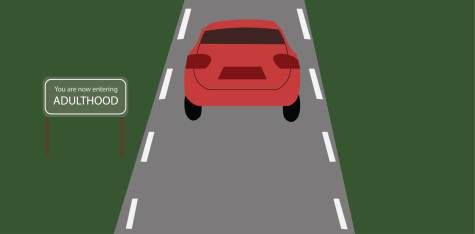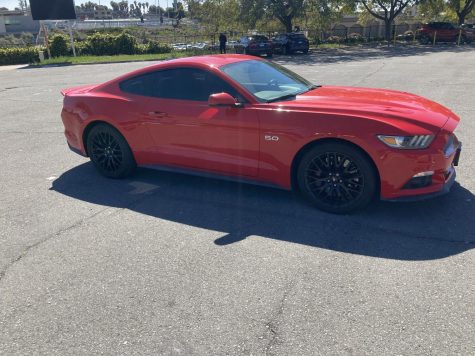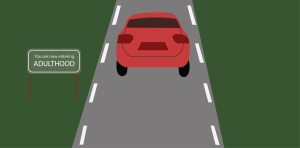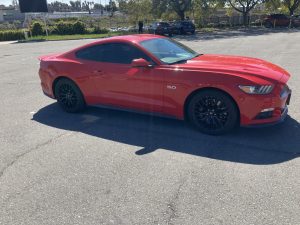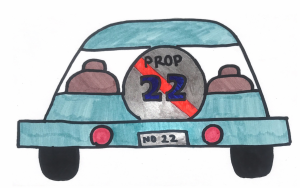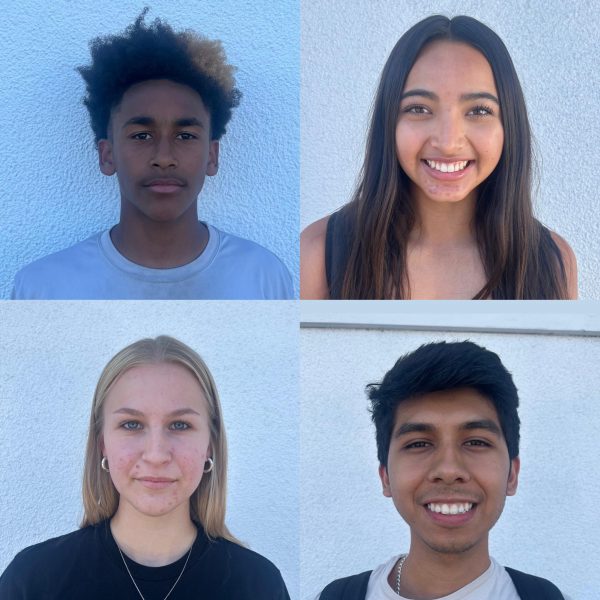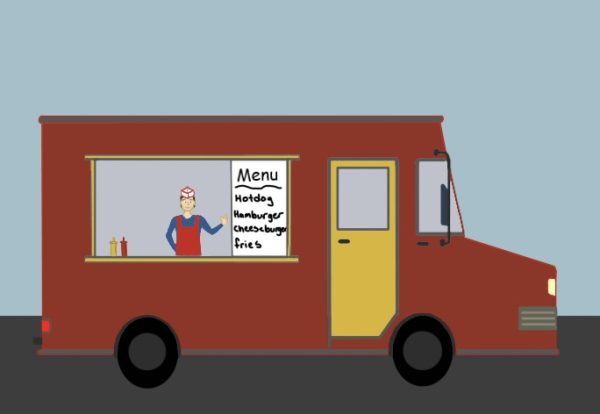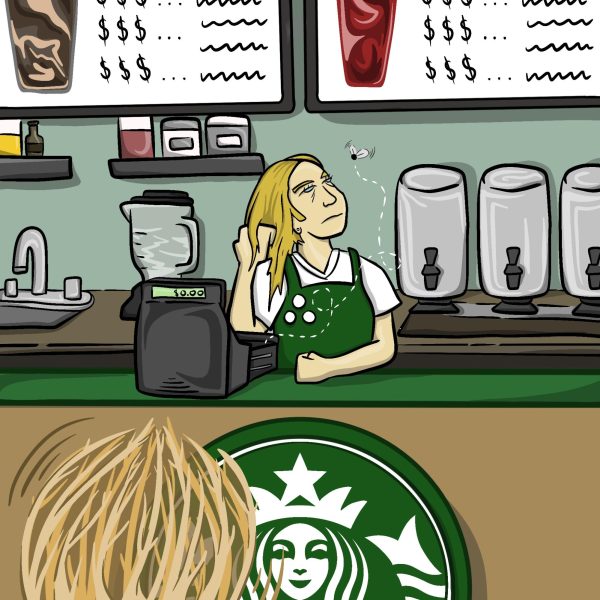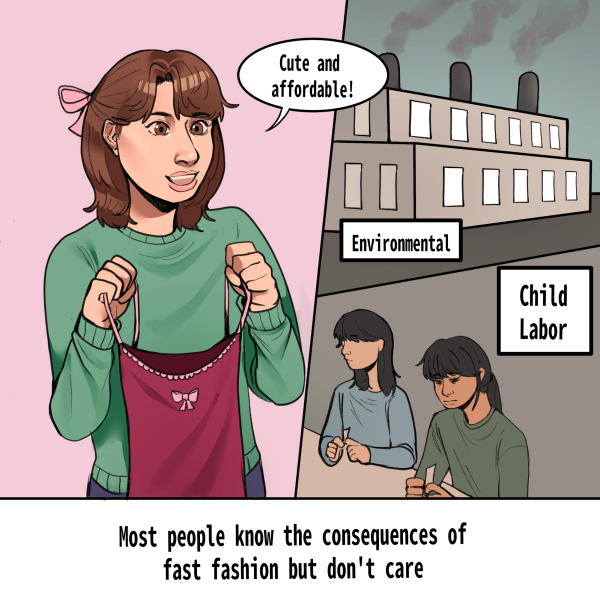Deadly distractions
Don’t text and drive
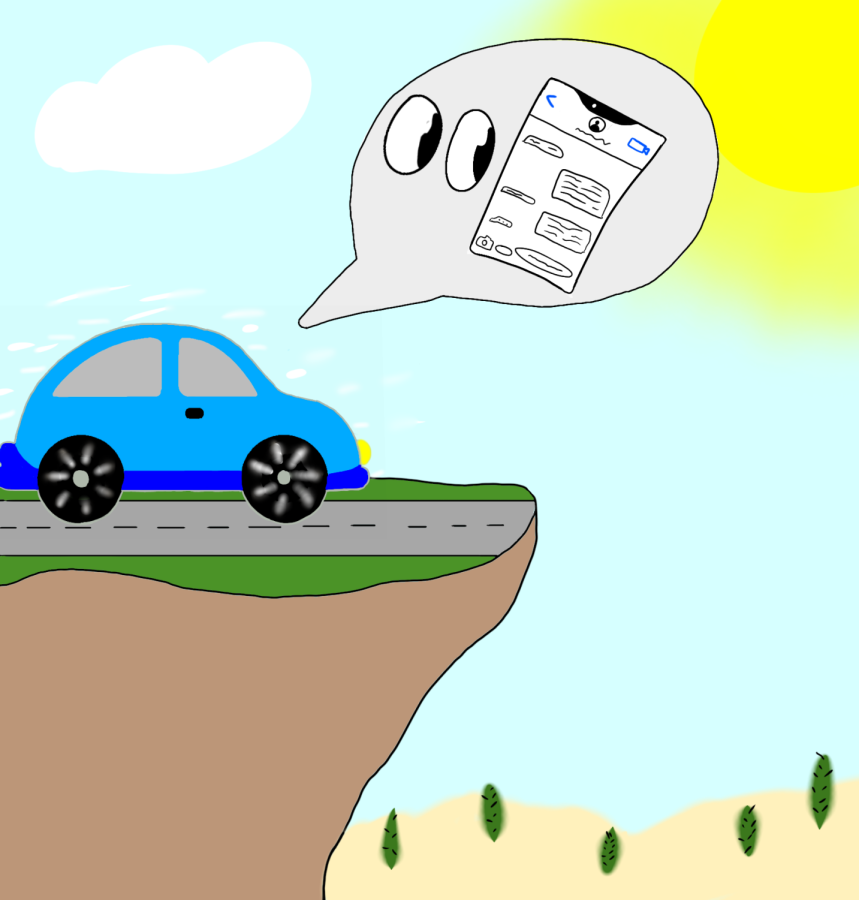
It’s 3:30 p.m, school has ended and students are exiting through the main gate. A student driver successfully navigates through the crowd of students and makes their way onto the main road. They shift their attention to their cell phone as an endless swarm of notifications bombard their screen. A quick scan of their notifications seems harmless, but seconds later, the impact of a car crash is heard.
At Bonita Vista High (BVH), an increasing number of students have acquired their license and drive themselves, friends or family members to and from school. It is crucial that students keep their undivided attention on the road and prioritize their safety over silly distractions like a text.
Texting and driving is just as bad as drunk driving. Both texting and drinking fall under the three criterias of distracted driving: visual, manual and cognitive. These distractions can range from taking an eye off of the road to removing a hand from the wheel and not being mentally present. Distractions create more information for the brain to understand and slow down a driver’s reaction time.
In 2019 alone, 3,142 lives were lost on the road due to distracted driving, according to “Cell Phone Use and Texting while Driving Facts and Statistics” compared to the 10, 142 lives that were lost from drunk-driving crashes according to the National Highway Traffic Safety Administration’s article, “Drunk Driving”. Although drunk driving has statistics that more than double texting and driving, both pose a severe and deadly threat to driver’s lives regardless.
From reduced reaction times to the inability to concentrate and notice changing traffic conditions, texting affects an individual’s driving ability in similar ways to driving under the influence. — Elie Cajes
Not only are the lives of the drivers in danger, but also the people around them. According to the Centers for Disease Control and Prevention in their article, “Distracted Driving,” “about 1 in 5 of the people who died in crashes involving a distracted driver in 2019 were not in vehicles―they were walking, riding their bikes, or otherwise outside a vehicle.” For BVH students who do not have their license, many turn to walking or riding a skateboard to and from school. After school, trips to the shopping center is also a common occurrence, which consists of students walking across the street.
In a study from the Texas Transportation Institute, participants navigated a test-track course twice. The first time without texting and the second time while texting. At the end of the experiment, researchers found that participant reaction times with no texting activity were between one to two seconds while reaction times while texting were at least three to four seconds.
In comparison, one study from the Health Blog “pointed to an average decreased reaction time of 120 milliseconds—just over a tenth of a second— associated with a BAC level of .08, the legal limit in the United States.”
In both cases, changes in a driver’s reaction time can mean a collision or avoidance depending on the length of time. A slower reaction time has a direct effect on how a driver will handle a critical situation, whether that means stopping for a pedestrian or quickly braking at a red light.
From reduced reaction times to the inability to concentrate and notice changing traffic conditions, texting affects an individual’s driving ability in similar ways to driving under the influence.
In the end, distracted driving must be taken seriously and should under no circumstances be dismissed. It is up to BVH students to make a difference by choosing to refrain from checking their phones while on the road.

Hello! I am a senior at Bonita Vista High School and this is my first year on staff. I am the Features Copy-Editor for The Crusader and I intend on improving...

